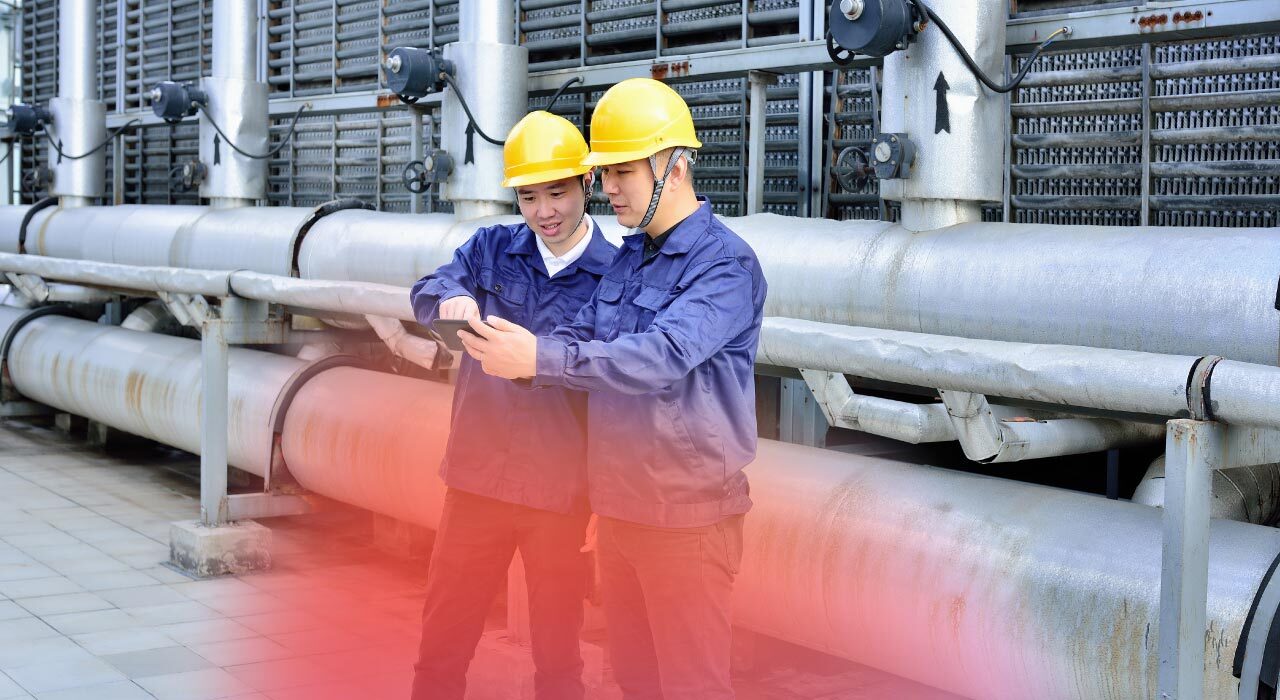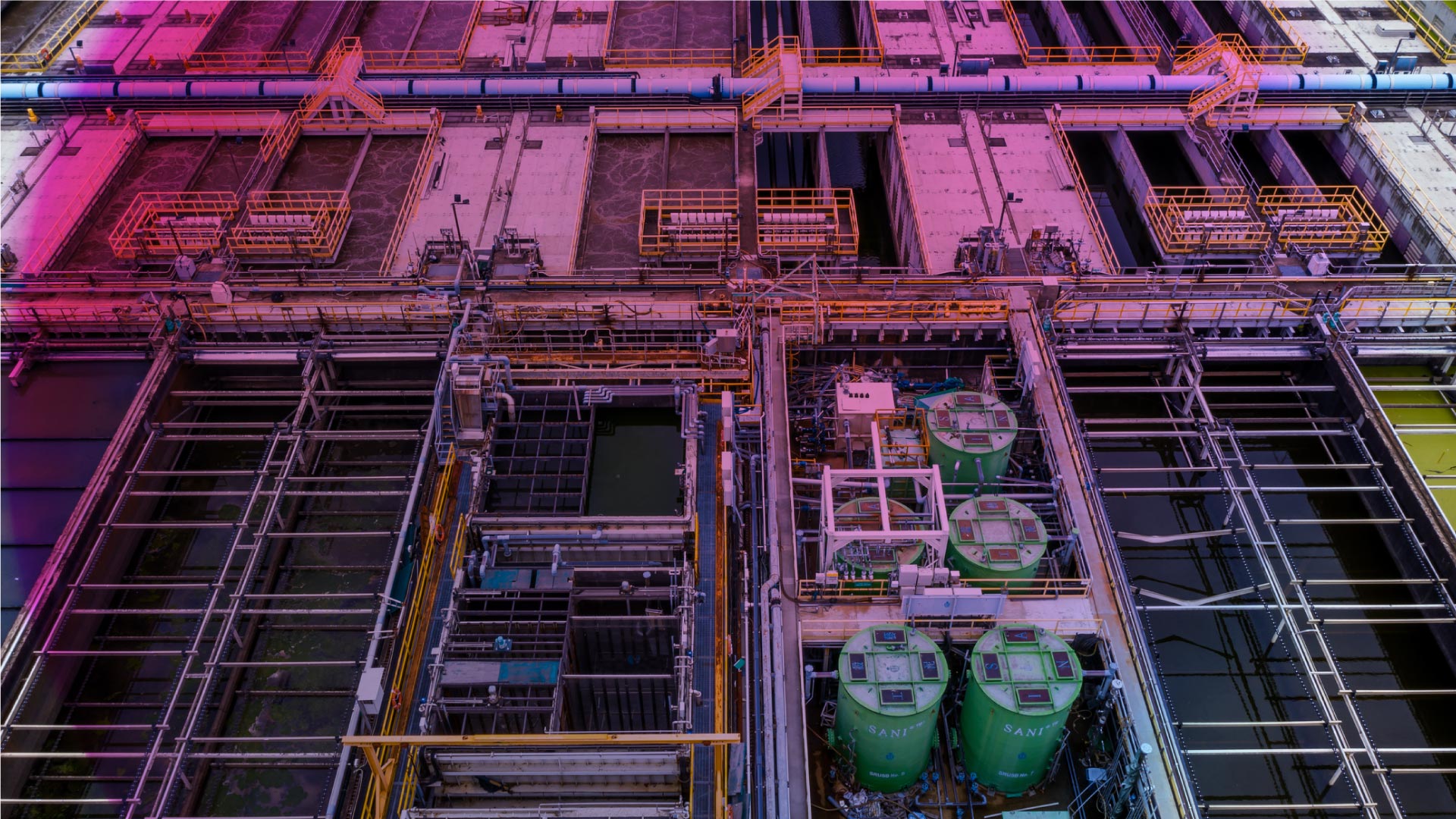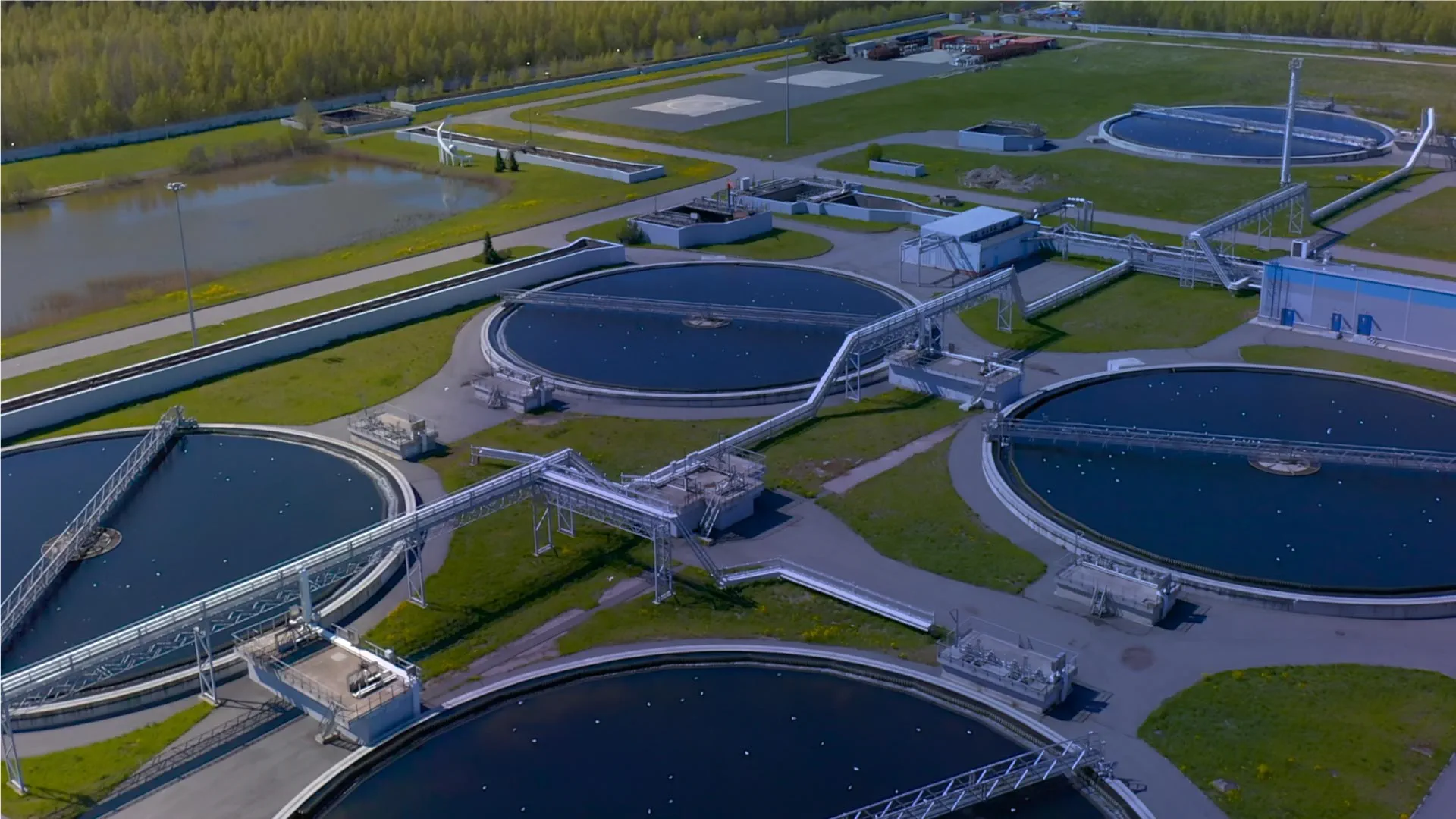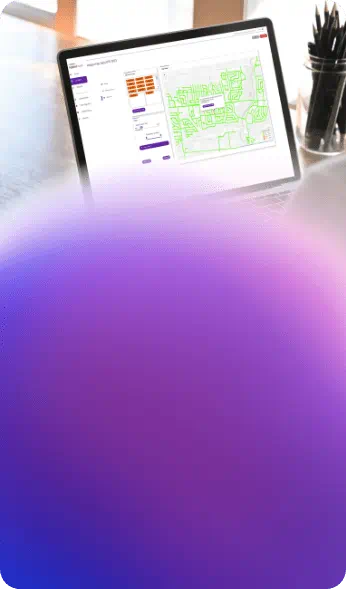Water utilities are under increasing pressure to manage aging infrastructures while finding sustainable ways to protect our most precious resource. And this has never been more difficult. Coupled with an industry-wide information exodus, and increased public interest, there’s much to manage!
Top five takeaways:
- Consider public concerns, from sustainability to supply interruptions.
- Ensure your business is implementing solutions that keep things simple.
- Think about how you can make a significant impact through many small improvements over time.
- Start deploying smart technologies to manage exponential data growth and the information exodus.
- Take proactive steps to predict pipe failure, in order to solve future problems and allow you to enjoy savings alongside sustainability.
The world is watching
As the global focus on Flint, Michigan’s water crisis of 2014-2019 demonstrated, the public’s interest in the good health – or otherwise – of its water supplies is at an all-time high.
Through social media, first-hand stories of water-pipe failures, supply interruptions, flooding, pollution or wastewater collapses can now be disseminated at lightning speeds. Shocking videos of dirty tap-water, flooded living rooms or streets awash with sewage are magnets for clicks and comments. And, obviously, they don’t do the relevant water companies and utilities any favors, reputationally.
The majority of these aggrieved social-media posts won’t gain much traction beyond a hyperlocal audience, but the damage they do to an organization’s reputation may be significant and irreversible. A steady drip, drip, drip – pun intended – of online outrage can lead to a water company being branded as recklessly greedy, whether or not that reputation is in any way deserved.
It’s not only social media fueling this heightened interest in water utilities and their work. Sustainability is no longer a buzzword or a fringe topic for hardened eco-warriors, but an established part of our collective daily conversation. People now have a far greater understanding of local and national infrastructure – and the long-term viability of specific aspects of it – than they did 20 or even just 10 years ago.
Most of your customers will work at companies that have ongoing sustainability targets of some kind. They’ve grown used to making changes to the way they work, in order to minimize the negative impact they have on the environment and society as a whole. As the organization that supplies their water – the most essential natural resource of all – they expect you to be leading the way.
A wealth of data, but no way to spend it
Having said all that, introducing a committed strategy for sustainability and water-infrastructure asset management can be easier said than done. A majority of modern water companies and utilities have been slow to adopt new technologies – in fact, the sector as a whole ranks only ahead of agriculture in terms of willingness to embrace digitization.
Things are changing for the better, as a new generation of digital natives enter the sector and set about modernizing water-asset management. But the slow-footed legacy that many of them are inheriting has given rise to three key challenges.
First, there’s the widespread siloing of departments within water companies and utilities. The industry is currently undergoing an ‘information exodus’ as swathes of senior figures are retiring, taking with them irreplaceable knowledge while leaving behind digitally disconnected departments that have no easy way to pool their information and resources.
Second, there’s the sheer volume of data held within these individual departments. Years – decades – of figures, readings and measurements, often held within conflicting formats that cannot be cross-referenced. These vast datasets continue to swell, day-by-day – but they remain, for the most part, entirely untapped.
Third, there’s the constant and overwhelming distraction of firefighting. There are only so many hours in the day, and so many resources that can be called upon. A burst water pipe causing local flooding will always be a higher priority than a spreadsheet that requires updating. However, this purely reactive mindset inevitably creates a chicken-and-egg situation: Your team doesn’t have the time to properly predict tomorrow’s problems, because they’re too busy dealing with today’s problems... and repeat, forever.
Staying one, two, three steps ahead
So how does a modern water company or utility stay buoyant – financially, environmentally, reputationally – when its success is precariously reliant on an aging infrastructure overseen by siloed teams?
The key lies in identifying previously unknown but dramatically effective opportunities within your operations and maintenance program. You may not have the capital to completely overhaul your entire infrastructure, by cleaning or replacing older sections all together in order to safeguard against the unpredictability of faults. But you do have invaluable data that can allow you to tightly focus your operations and maintenance efforts to where they’ll have the biggest impact.
By feeding your existing and future data into an AI solution such as Arcadis Gen’s Water AI Pipe Predictor (WAIPP), you can accurately predict where problems will arise – and the exact forms that those problems will take – months or years before those issues become pressing. As a result, budgets are more cost-effectively spent; teams are more efficiently deployed; and customers are more effectively serviced.
How does it work? Well, the AI underpinning WAIPP may be vastly complex, but from a user perspective, the inputs and outputs are simple and straightforward. First, you’ll input any details you have on your existing infrastructure. WAIPP can accommodate virtually any parameter – not only pipes’ age, materials and location, for example, but also diameter, population density, soil type, corrosivity, historic failures, condition, depth, pressure, velocity and even local weather conditions.
WAIPP then works to accurately calculate the probability and timing of issues arising from any of your assets, with ‘failure’ treated as a relative concept that can be dialled up or down by you. These calculations are then presented back in easy-to-follow visualizations, which can be thoroughly drilled down into through intuitive controls.
By connecting the dots between siloed departments and datasets, you’re finally getting a full and detailed overview of your infrastructure - and potential problem areas.
A decision-support tool such as WAIPP allows you to make the permanent move from being reactive to being proactive; to move beyond an outdated, age-based approach to smarter capital-investment planning. If you want to really know – rather than best-guess – which assets should be replaced or cleansed over the next 12 months, WAIPP can tell you.
Small steps for big changes
It’s all about taking steps – however incremental they may be – towards building a smarter and more forward-thinking network. There’s no need to make digitization of asset management for water utilities feel drastic.
Adopting a purpose-built piece of software that allows you to identify upcoming pipe and sewage problems will have an immediate and dramatic effect on every aspect of your operation – without having to make far-reaching, costly changes that require your teams to rethink and rebuild their roles from the ground up.
Why listen to our advice on this? Well, at Arcadis Gen, we have over 130 years of water-engineering experience, and over 20 years of experience in Capital Improvement Planning (CIP). We’ve done our time on the frontlines, and these accumulated decades of knowledge and insight were fully brought to bear during the development of WAIPP. In short, we know what you want to know – and we know how to extract that information and make predictions for you.
Did you find this information useful?
Did you find this information useful?
Thank you for your feedback!

 Back
Back







